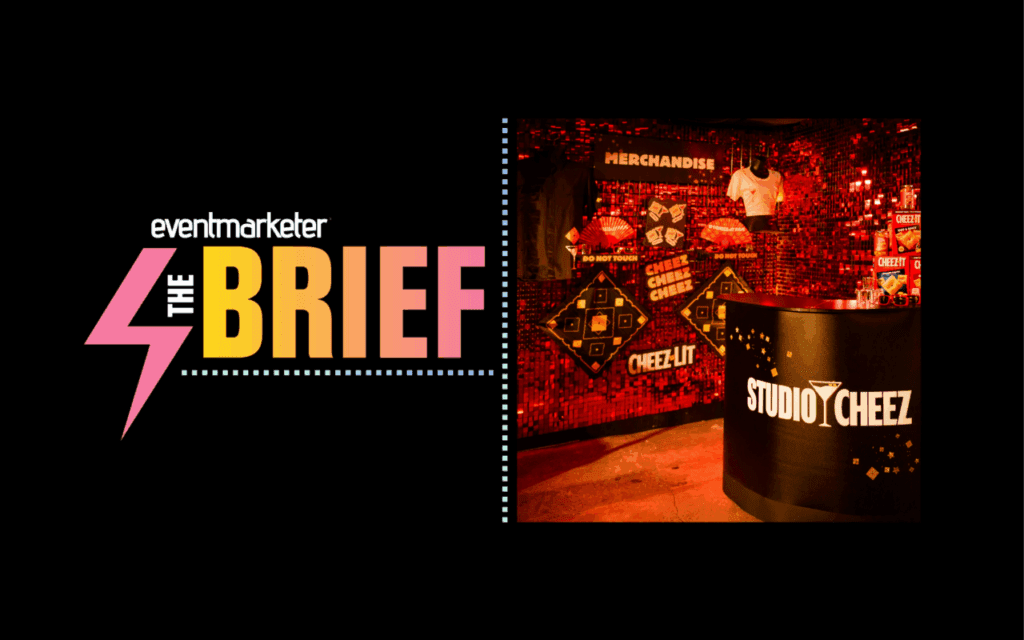I’ve never seen a bumper sticker that said ‘I’d rather be groceryshopping,'” says Phil Hawkes, former executive vp of Phoenix-based ABCOFoods.
Food retailers are struggling to bring shoppers into their stores for anenhanced, de-commoditized shopping experience. Ironically, this is oftencoupled with low price positioning. (Save money and have fun, too!) If theycould pick only one, consumers would probably stick with the save-moneypart. Most everyday grocery shoppers are headstrong about getting in andout of the store as painlessly and as cheaply as possible.
Stew Leonard’s in Norwalk, CT, famous for its singing vegetables andpetting zoo, derives its real, lasting consumer satisfaction from plain oldservice, an intensely focused selection and massive amounts of perishables.Shopping at Stew’s still requires an additional “fill-in” trip down theblock to Pathmark or Grand Union.
“More than ever we are seeing retailers and manufacturers staging eventsthat add entertainment to the everyday shopping experience,” says CarolineNakken, principal at Anaheim, CA-based in-store event company MassConnections.
Specific branded events work, and move individual products. But it remainsto be seen how sustainable events are as a strategic imperative for thegrocery trade. Philosophically, how much fun can you really have buyingfood?
THE MEDIUM IS THE MASSAGE”I was amazed when I went into a Rockport store and someone offered me afoot massage,” says Carolyn Setlow, group senior vp of New York City-basedresearch firm Roper Starch. “The challenge is, how can other retailerscreate a pleasurable retail experience?” I don’t think any majorsupermarket chain is thinking of rubbing customer’s feet near the in-storebakery.
One tack is to make the outlet the medium. In Nike, Disney, and DiscoveryStores, the environment is the brand; the brand is the medium. Except forthe food retailer’s image itself, however, no overriding branded umbrellaexists in supermarkets. Few food retailers are willing to swap their stoicimage of value, service, and selection for all singing, all dancing, allshopping!
Lessons on over-extension can be learned from fast food giant McDonald’sand its high-end, caffeinated counterpart, Starbucks. I am all for strong,ubiquitous retail icons, but these two cram every possible space andsightline with some shouting, not-always-compatible announcement. Nationaloverlays, regional theme-park discounts, and local promotions clash to makethe McDonald’s experience difficult to digest. If it can cover a blankspace at McDonald’s, then it is probably “on-image.”
At Starbucks, the warning signs are clear. Once a calming oasis, it is nowfilled to the brim with java-inspired CDs, Doonesbury tie-ins, and Oprah’sbook club signage.
What inextricably links these two together is their uncanny ability tocondition consumers into speaking an invented language. The same synapsesthat make sure you say McNugget are used to request a Grande No-FatDouble-Cup Latte.
No real threat for pure entertainment value is coming from thevirtual-store class of trade. Once the novelty is gone, shopping on the Webis all about getting it done in a hurry so you can go and do something else.
“At this point in development, most online retailers are happy to get thefunctions to work right,” says James Tenser, president of Westport,CT-based VSN Strategies, an Internet retail consulting firm. “Entertainmentwill remain the point of difference for the [bricks-and-mortar] stores.”
Straddling both sides is Barnes & Noble. The bookseller’s b&m stores wereupgraded with cushy chairs and soothing ambiance to extend the living roomexperience outside of the living room. Would-be readers now strollblissfully through the aisles, sipping on espresso. For Barnes & Noble,this is a heavy investment in both space and sponges. On their virtualflipside, shoppers click through to barnesandnoble.com and have the freedomto sit in their own chair and make their own coffee.
HUNGER DRAWSWe might be faced with the unavoidable fact that a plain old chore likepackaged goods shopping just isn’t going to be a source of fun andexcitement. But what it does have going for it is the cold, hard realitythat everyone has got to eat.
“The average trading area of my store is the apartment building above it,”says Bob Schwartz, executive vp of New York City-based Red Apple Companies.”Some of my customers come to my stores two or three times a day. We’retheir pantry.” Manhattan shoppers get their entertainment elsewhere.
When it comes to food shopping, make it nice, make it convenient, but don’ttry to make it something it’s not. Lori Osley, manager of coupon processingat Fleming Companies, the Oklahoma City-based grocery wholesaler, may speakfor core consumer expectations. “If they have good rock music playing,” shesaid, “I’m right in there dancing in the aisles.”

 Network
Network

